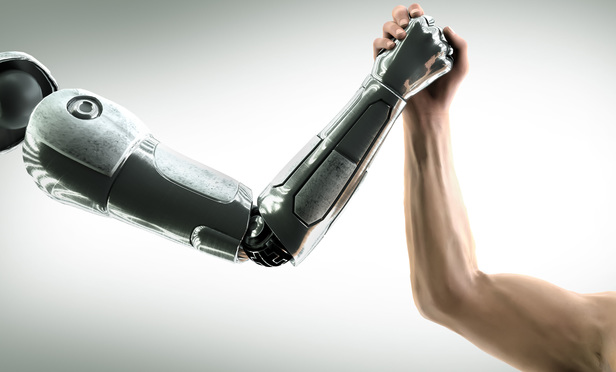There’s still much debate in the legal world as to what “artificial intelligence” actually means in application, and there’s certainly an abundance of third-party companies that liberally apply the term to their own tools. But there’s currently a movement underway in which more lawyers, operations professionals and vendors are finding not only a consensus on what constitutes AI, but how and why to apply it. There also seems to be a narrowing view as to the direction that AI will take in coming years.
One arena that has adopted what many consider AI (albeit very early stage) is e-discovery. You’ve likely caught wind of this concept under the term technology-assisted review. Yet given the power of applying AI/machine learning in document review, some are speculating the power of applying such technology to the preservation and collection phases of the EDRM. As Dell EMC DPS cybersecurity and compliance practice director Jim Shook wrote for LTN, these workflow steps are “expensive” and “often poorly understood and executed,” though accepted by litigants and the judiciary.



